Anime is for kids. I am sure most of us have at least once heard this sentence in our lives. It would be too harsh to prejudice a sector including many genres. In short, some people like it, some people don’t, and some people do not have any idea about it. And this post is for those people! If you want to enter the anime world and get the experience, My Anime Center is the right place!
Anime is a style of Japanese animated entertainment that is characterized by colorful graphics, vibrant characters, and fantastical themes. It is typically produced in Japan, although it has gained popularity worldwide and is now enjoyed by millions of fans across the globe. The thing that differentiates it from Western animation is its unique art style, which often features exaggerated expressions, distinctive character designs, and dynamic action scenes. 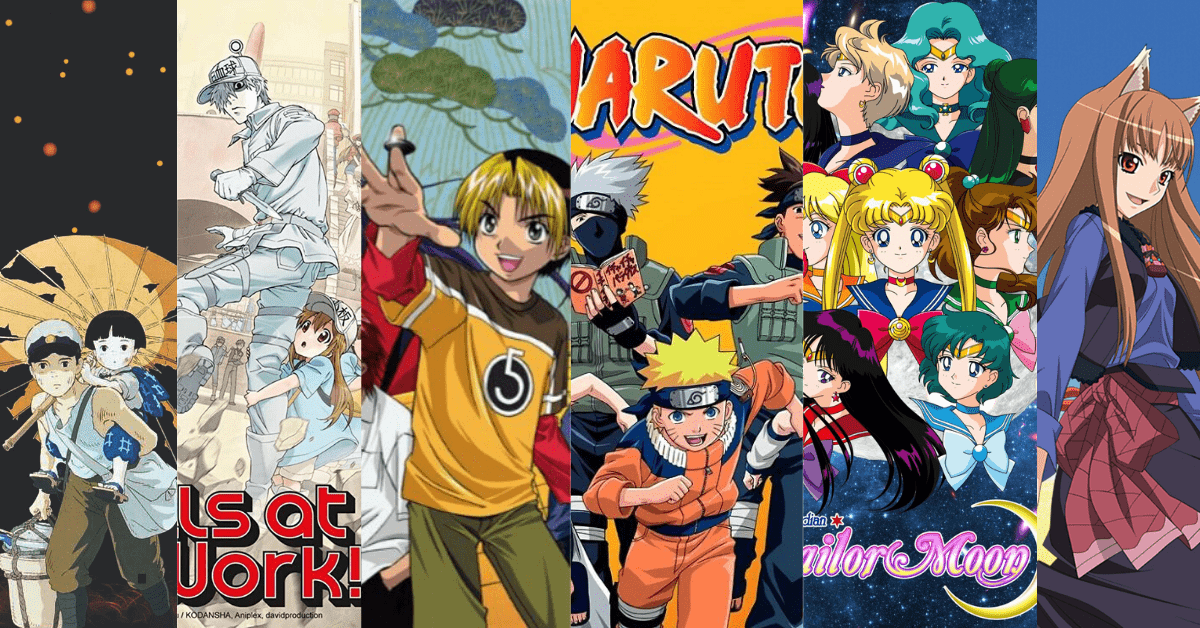
It also frequently explores deeper themes and emotional experiences, making it an engaging form of entertainment for a wide range of audiences. It can be found in many different formats, including television series, films, OVAs (original video animations), and manga (Japanese comics). It covers a wide range of genres, including action, adventure, comedy, romance, science fiction, and fantasy, and is often aimed at both children and adults.
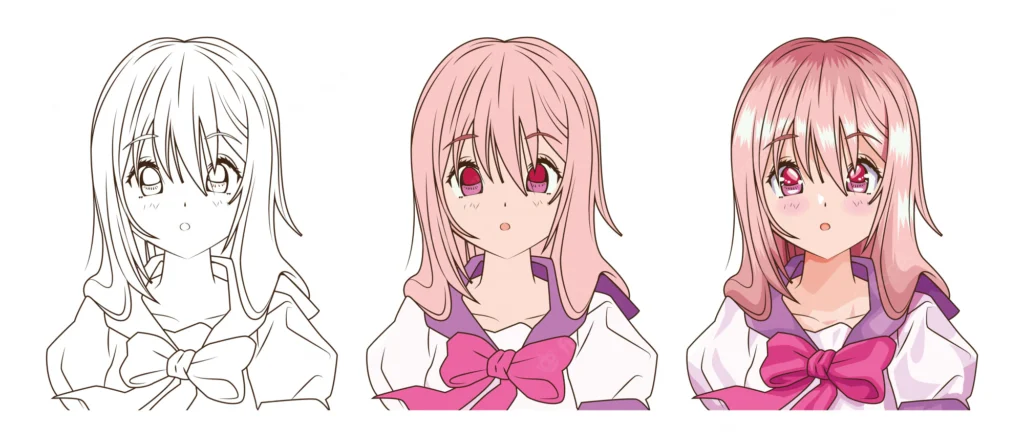
Its history can be traced back to the early 20th century, with the earliest known anime being released in 1917. The first anime is often considered to be “Momotaro’s Divine Sea Warriors,” a propaganda film produced in Japan during World War II. The film was released in 1945 and was the first feature-length anime film.
However, if we’re talking about the first anime series, the honor goes to “Astro Boy,” which was first broadcast in Japan in 1963. “Astro Boy” is widely considered to be the first anime television series and helped to popularize the medium in Japan and around the world. The series was created by Osamu Tezuka, who is often referred to as the “father of anime,” and its success helped lay the foundation for the modern anime industry.
During the 1970s and 1980s, anime saw a huge boom in popularity, with many classic series being produced, including Space Battleship Yamato, Mobile Suit Gundam, and Macross. In the 1990s and 2000s, it continued to grow in popularity, both in Japan and abroad.
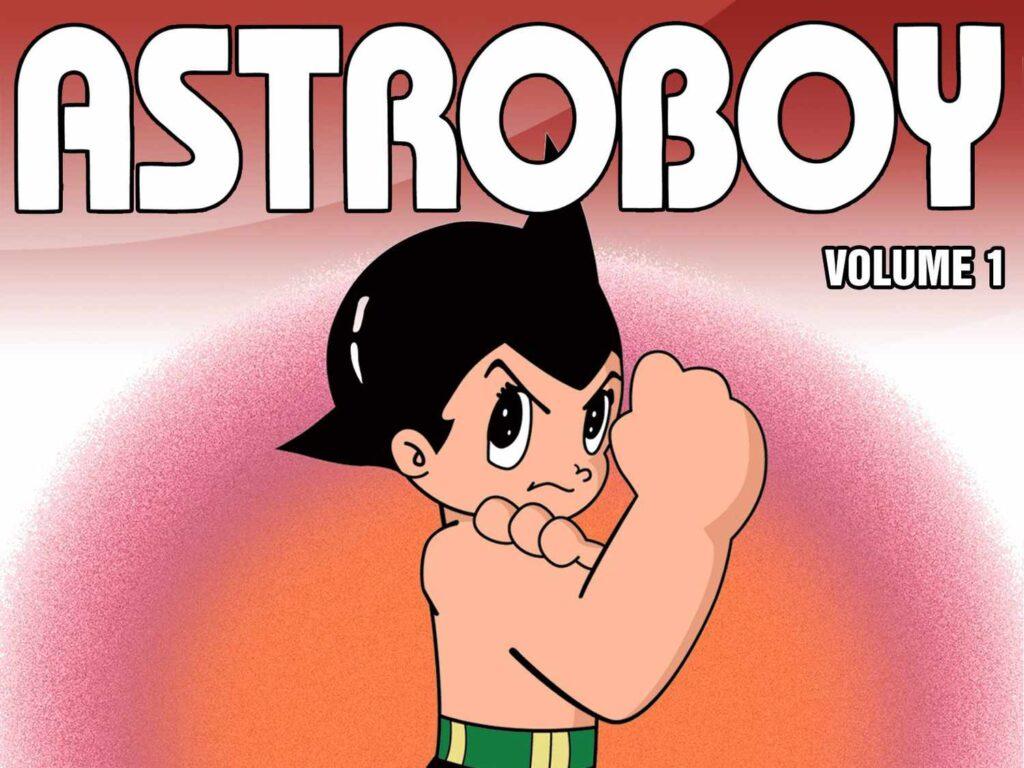
Anime Today
In today’s world, anime has become a truly global phenomenon. The popularity of anime has also increased thanks to streaming platforms and social media.
Anime covers a wide range of genres and themes, from action and adventure to romance and drama, and appeals to audiences of all ages and backgrounds. Some of the most popular ones, today, include “Attack on Titan,” “One Piece,” “Naruto,” and “Dragon Ball.”
In addition to its popularity as a form of entertainment, anime has also had a significant impact on popular culture, art, music, fashion, video games, and comic books. Today, the sector continues to evolve and grow, with new series and films being produced every year that push the boundaries of what is possible in animation and storytelling.
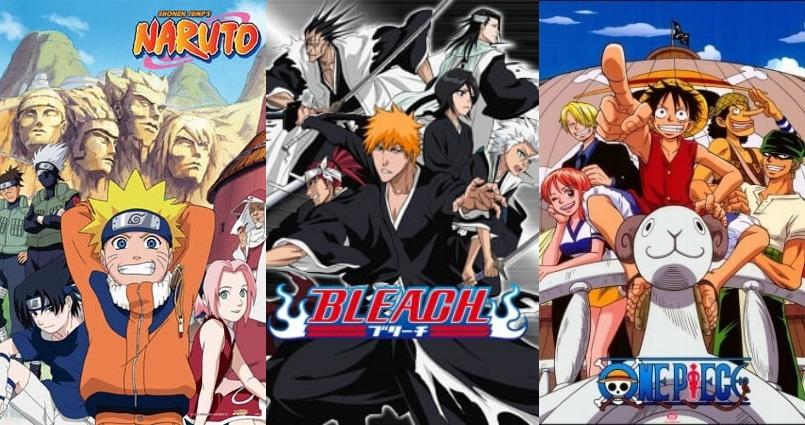
Anime’s Main Demographic Categories
As mentioned, anime covers a wide range of genres, therefore, it is difficult to categorize them into a limited number of categories. However, based on the demographic segmentation, there are five categories, each targeted to a different audience.
1. Shounen
This genre is aimed at young teenage boys and typically features action, adventure, and comedy. Examples include Naruto, One Piece, and Dragon Ball.

2. Shojo:
This genre is aimed at young girls and typically features romance, drama, and slice-of-life stories. Examples include Akatsuki no Yona (Yona of the Dawn), Ouran High School Host Club, and Fruits Basket.
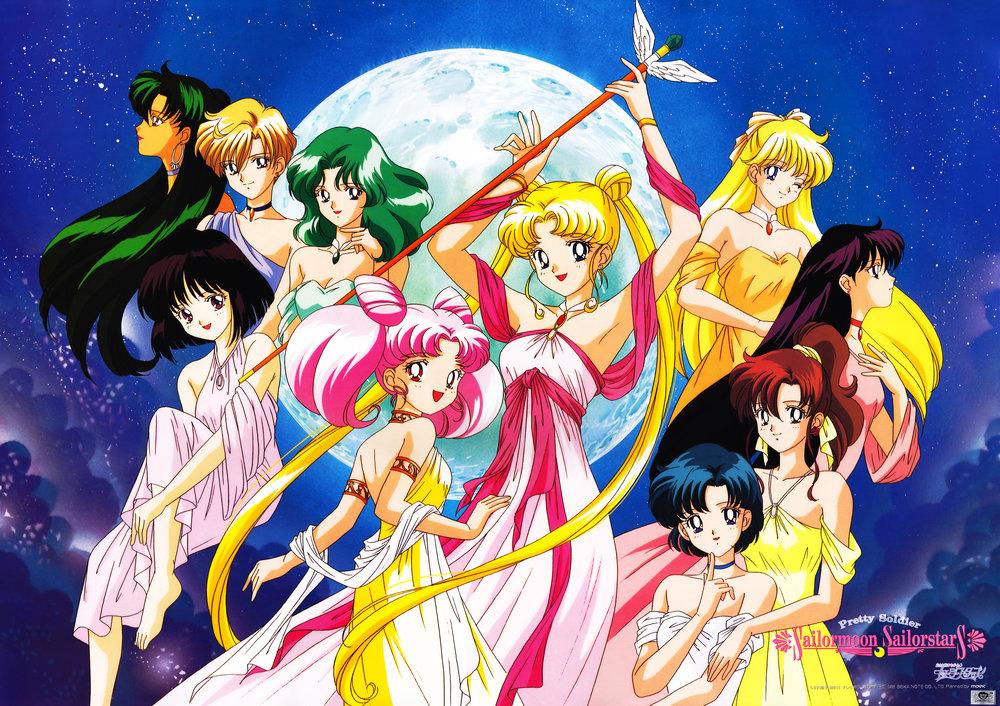
3. Seinen:
This genre is aimed at adult men and typically features more mature themes, such as violence, sex, and psychological issues. Examples include Vinland Saga, Berserk, and Ajin.
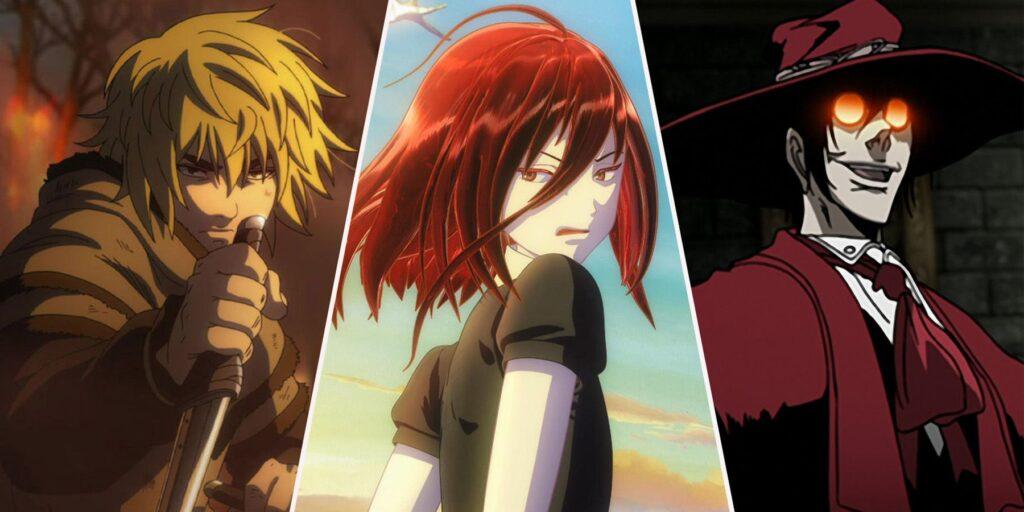
4. Josei
This genre is aimed at adult women and typically features stories about relationships, work, and everyday life. Examples include Honey and Clover, Aoi Hana, and Nana.
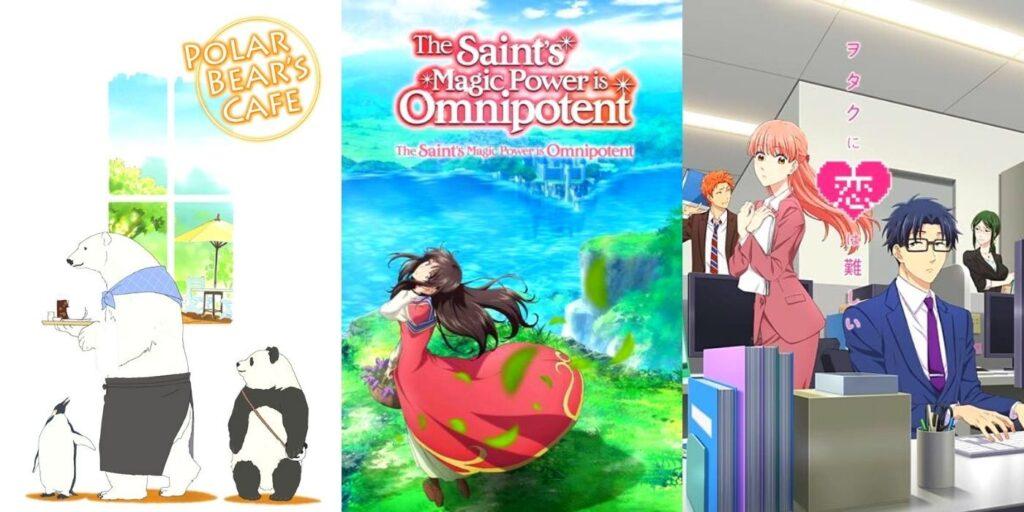
5. Kodomomuke:
This genre is aimed at children and typically features lighthearted and educational stories. Examples include Doraemon, Crayon Shin-chan, and Pokémon.
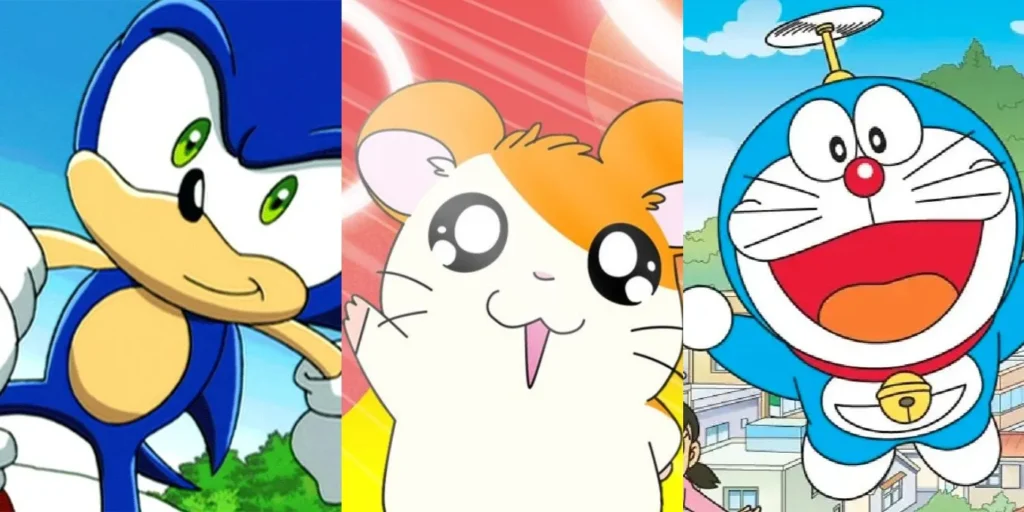
Conclusion
So, as you can see from the article, we cannot simply say anime is for kids. I highly encourage you to take the first step to explore this world without hesitating.
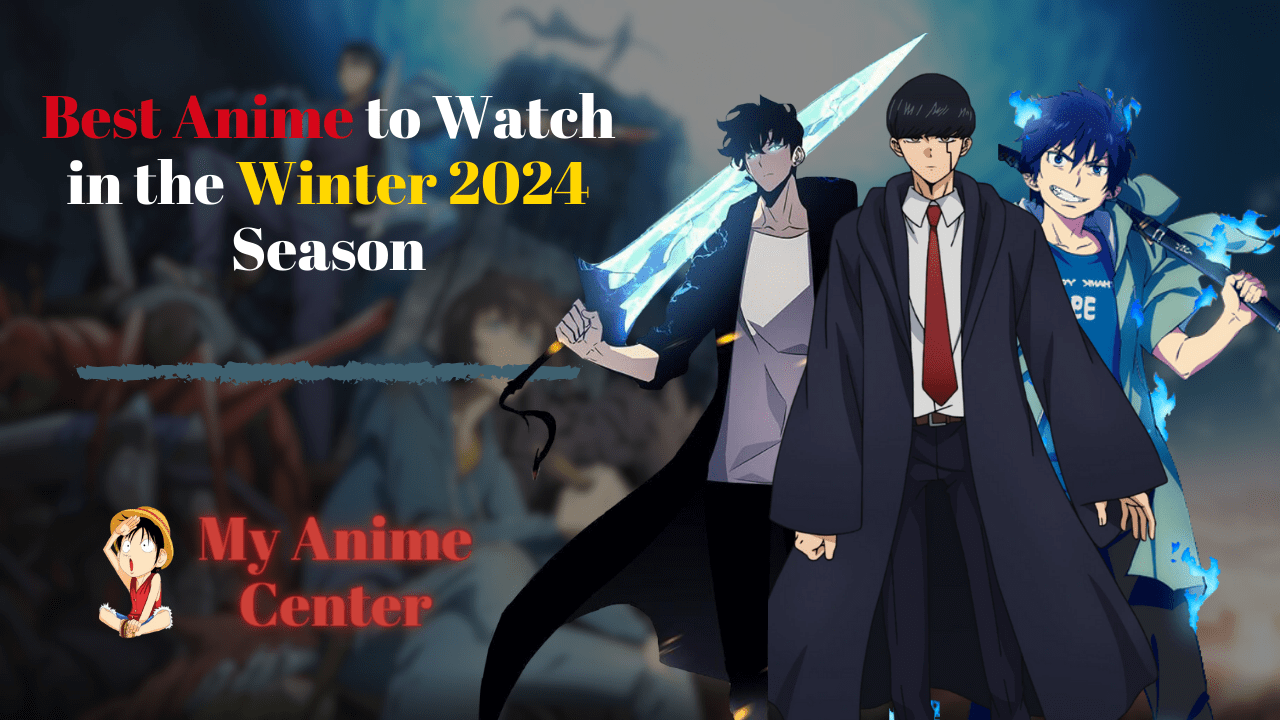
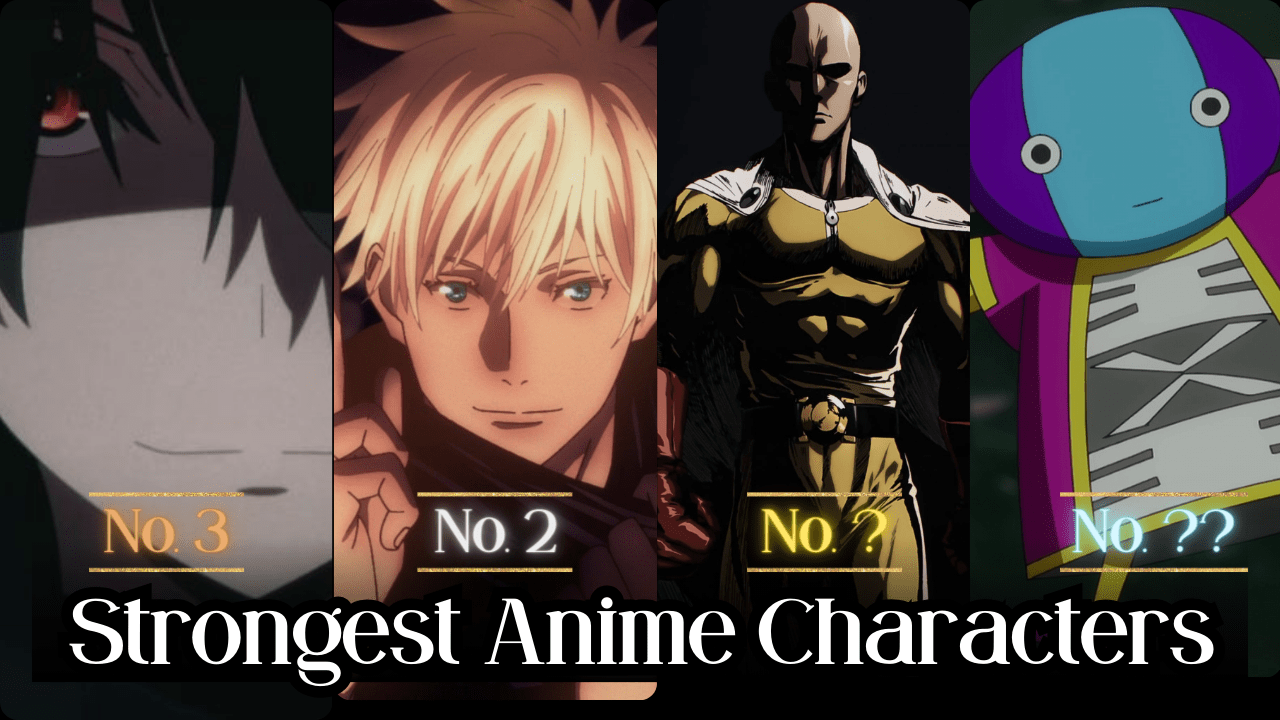

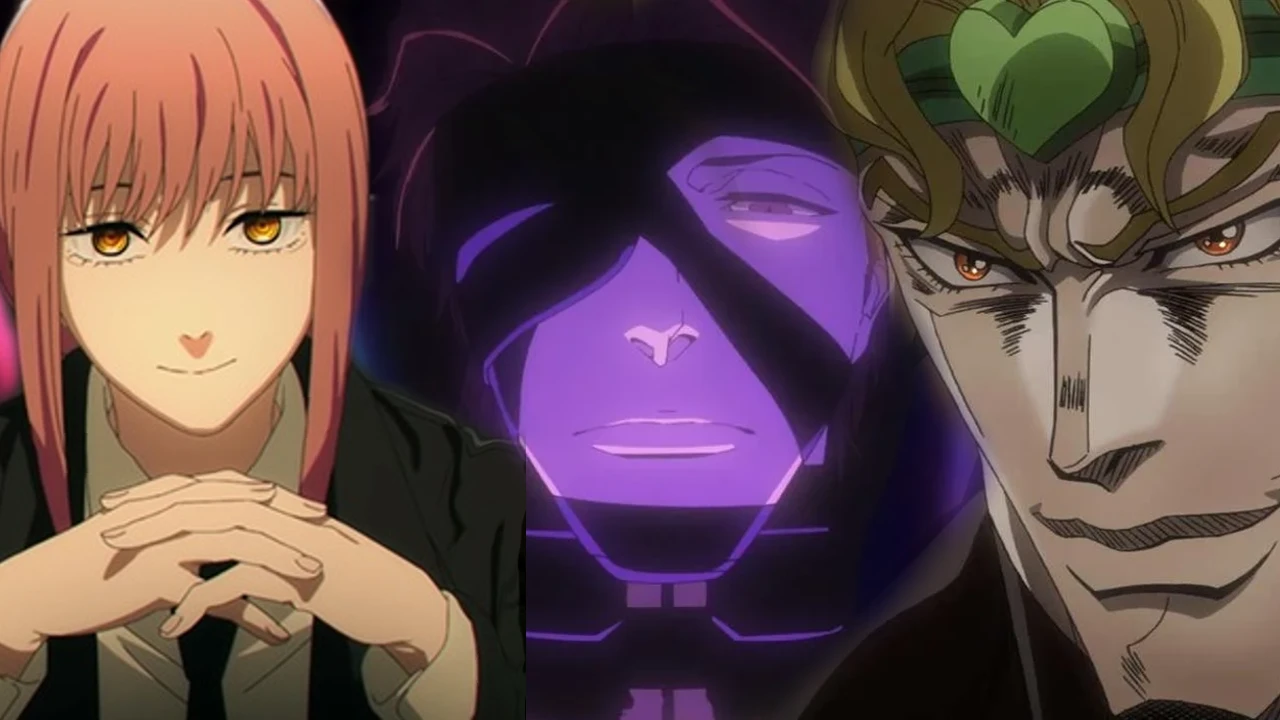
This is interesting information
The info on here is just to good 👍
Thank you!